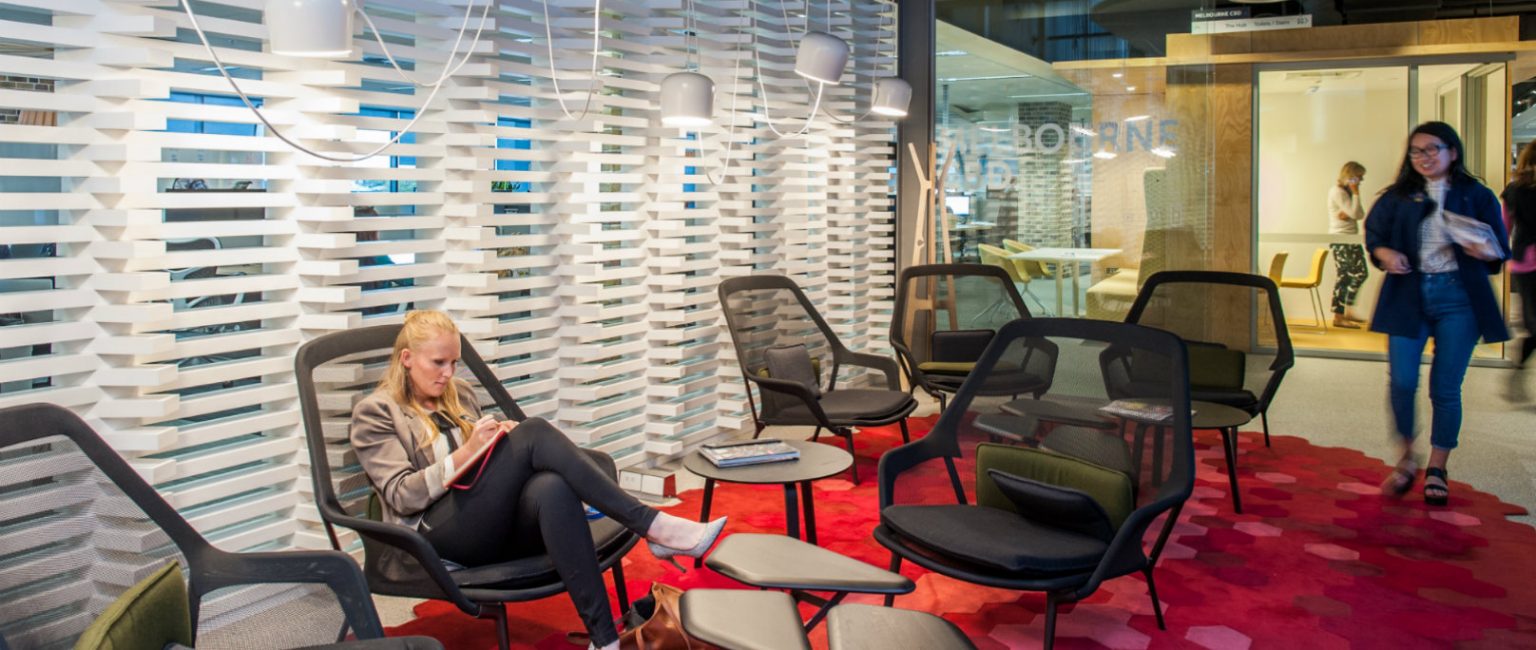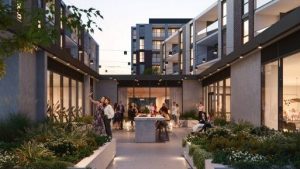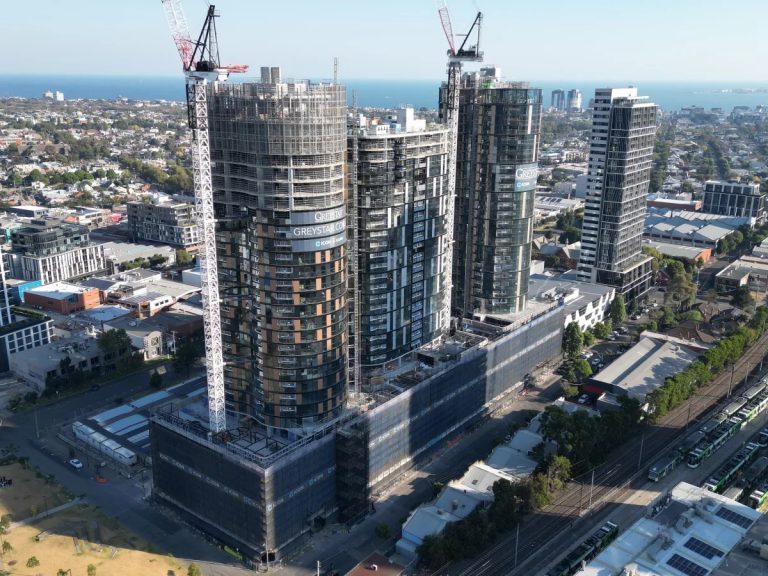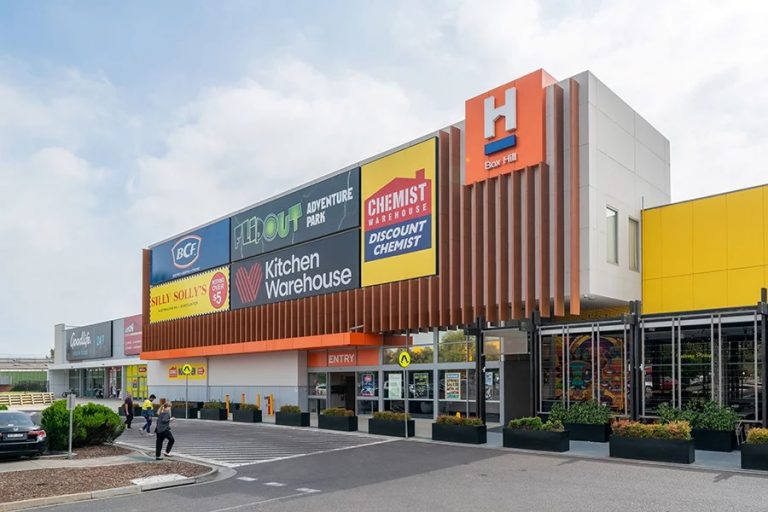What types of office parks should investors be targeting?

In suburbs like Macquarie Park and Mulgrave, office parks are experiencing rapid growth, but investors should be discerning, Paul Thornhill finds.
Over the last 25 years, there been a burgeoning growth in campus style business parks, first made popular on the outskirts of US cities like New York and San Francisco.
They’re an attractive option for investors looking to diversify their portfolio and gain yields of around 8.5%, higher than the 7%-7.5% yields typical for CBD-based offices.

Net lettable area growth: July 2003 – July 2013
So what’s driving this shift? According to Colliers International, it’s all about tenant demand for an operation base which allows their workforce to take advantage of mobility and connect with their customers.
When RealCommercial spoke to Rob Joyes, National Director of Investment Sales & Office Leasing at Colliers International, he explained that mobility was the key to understanding the this sector’s growth and where the best investment opportunities lie.
“Investors should be focusing on locations with great connectivity – driven by freeway access and bus and rail transport.”
“Outer suburban locations are popular with industry sectors like pharmaceuticals and civil construction as these businesses need their workforce to get out and around in their car to do their business.”
“Inner suburban locations, 5-10 kilometres from the CBD, tend do better with fashion and IT companies that have a younger workforce who train, bike or even walk to work. Tenants tend to cluster around each other, creating precincts based on a particular sector.”
With business parks increasingly filled with like-minded tenants, the makeup of these clusters provides the key to assessing an investment target.
When reviewing a property, investors need to look beyond current yields and the quality of the mandates and examine the tenant composition closely. If a cluster is centred on an industry with good prospects, it’s likely to have better prospects than one with a challenging trading future.
The other factor to bring into the calculation is the whether the complex creates a village-like atmosphere and as Joyes puts it, “provides everything an office worker needs from 6am to 7pm, especially services like quality cafes, childcare and gyms.”
The accent on mobility started me thinking of the potential downsides, given we’ve just had a week where fuel became suddenly scarce in Sydney and Melbourne. Could transport issues play any part in the outlook for these business parks?
“We’ve seen some talk by state governments about congestion levies in the CBD,” Joyes told me, “and this is a factor employers are now considering when evaluating a location.”
For the immediate future, Joyes says that while yields contracted last year, they have now held steady for 12 months.
“I don’t think we’ll see any further compression until business confidence feeds into the general economy and takes hold, perhaps next year, when we should expect a further compression of around 50 basis points.”
It’s not been an even development pattern though, as the chart shows, Brisbane and Sydney have demonstrated a big appetite for suburban business parks, while Melbourne and Adelaide have seen more CBD-based office development.







